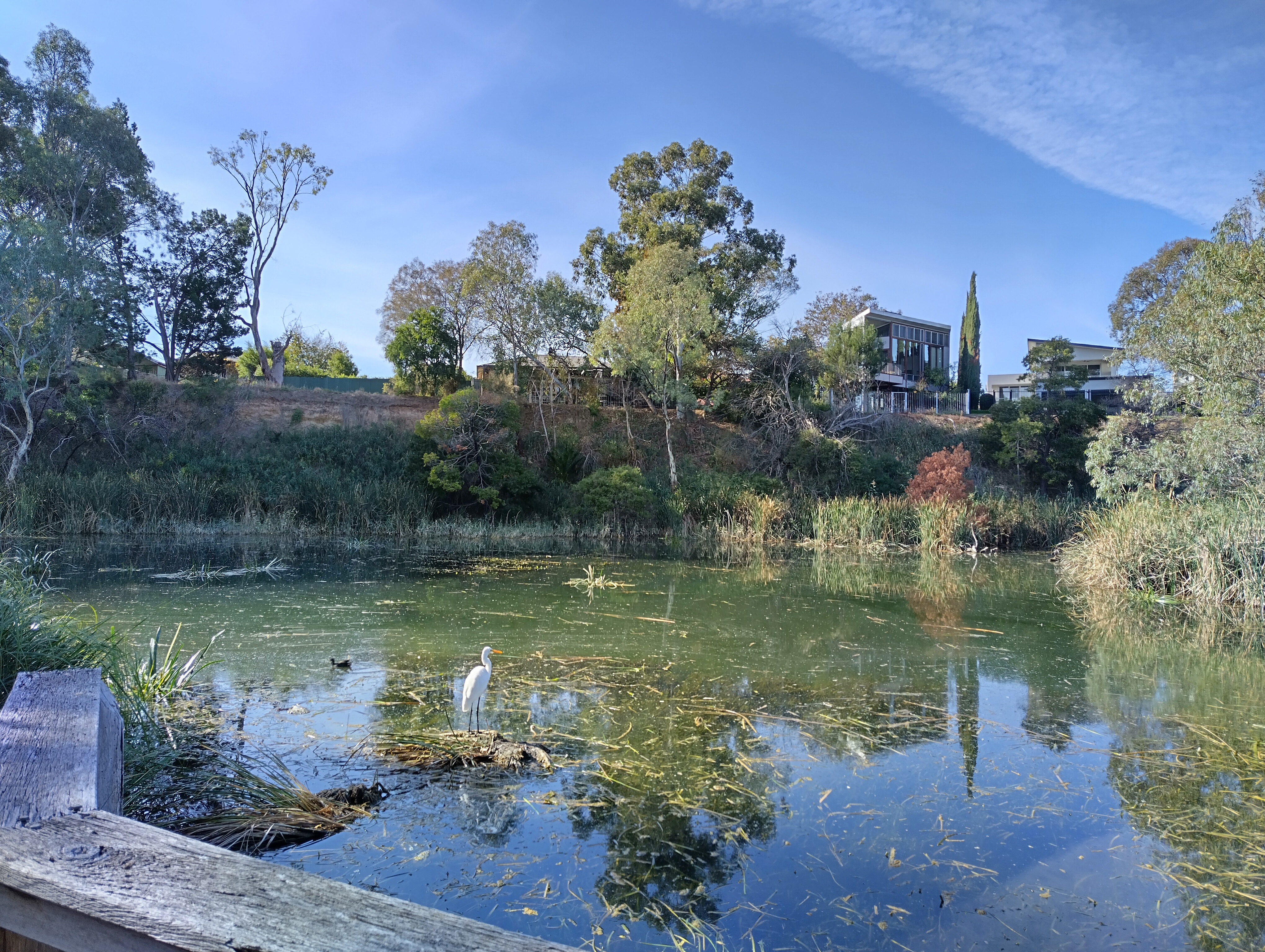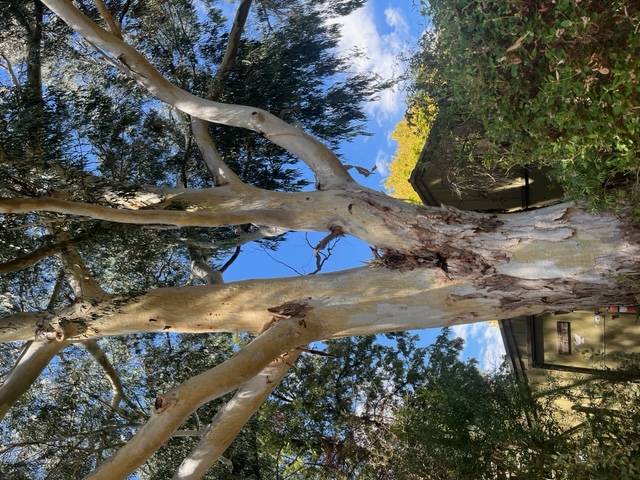Greening Strategy Response
St Peters Residents Association submission to the Draft Urban Greening Strategy for Metropolitan Adelaide
This submission can be downloaded as a pdf for printing.
This Strategy is a planning document which includes targets and visions. The St Peters Residents Association (SPRA) is happy to comment on some of these but also considers it important to suggest concrete actions which could be taken to improve the greening of Adelaide.





